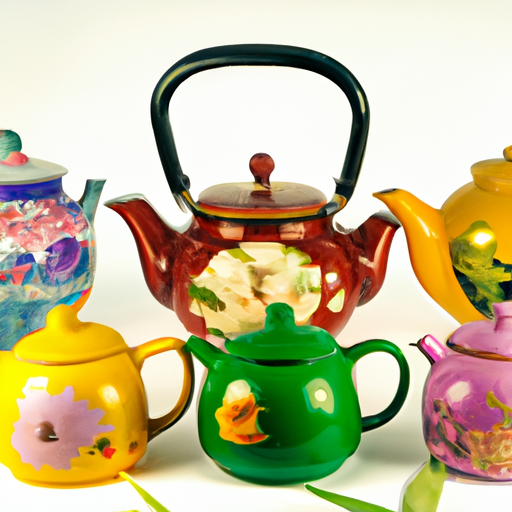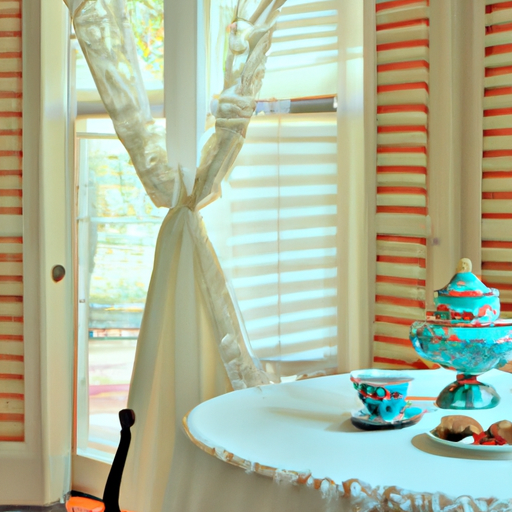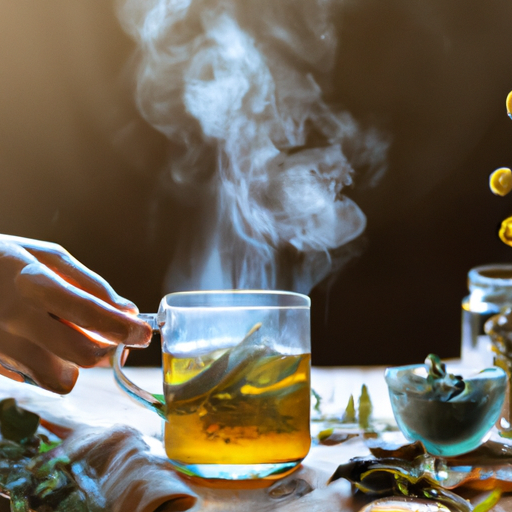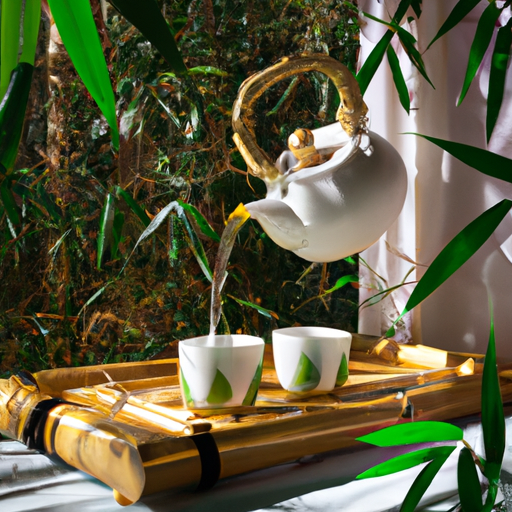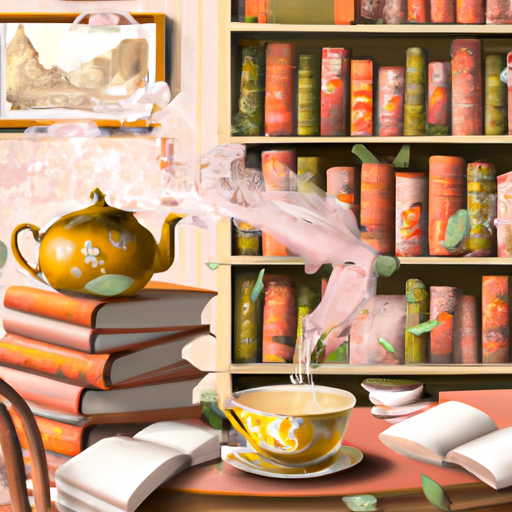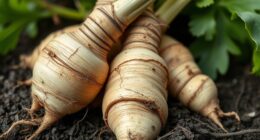Teapots, which have been by our side during tea-drinking escapades for centuries, boast a fascinating history brimming with creativity and artistic skill.
Join me on a journey through time as we explore the origins and adventures of teapots, uncovering the fascinating tales behind these humble yet essential brewing companions.
In ancient China, where tea first took root, teapots were yet to be discovered. Tea was brewed in open pans or whisked into a paste in cups. But as loose leaf tea gained popularity, the need for a dedicated brewing vessel arose. Enter the Yixing clay teapots, hand-formed and carved, renowned for their ability to withstand scorching water without cracking and preserve the tea’s enticing aroma.
As tea made its way to Europe, the Yixing style inspired the development of teapots on the continent. However, Europeans struggled to replicate the hard porcelain of Chinese ceramics. Their solution? Stoneware, a precursor to European porcelain, which eventually led to the mastery of porcelain teapot production in England during the 18th century.
Today, teapots come in countless materials, shapes, and sizes, catering to every tea enthusiast’s brewing needs.
So, without further ado, let’s embark on this enchanting journey, delving into the diverse and captivating world of teapots.
Key Takeaways
- The first teapots appeared in China around 1500 with the Yixing clay pot.
- Yixing clay teapots were hand-formed and carved, and each pot was dedicated to a specific tea type.
- Tea reached Europe in the 1600s, leading to the development of teapots in the Yixing style.
- Europeans invented stoneware as a precursor to European porcelain when they couldn’t replicate the hard porcelain of Chinese ceramics.
The First Teapot
I learned that the first teapots originated in China around 1500, specifically with the Yixing clay pot. These teapots were used to brew loose leaf tea, which became popular during that time.
The evolution of teapot designs can be traced back to this period, as the demand for loose leaf tea led to advancements in teapot production. Before teapots, tea was brewed in open pans or prepared in a cup by whisking powdered tea into a paste. The introduction of teapots revolutionized the tea-drinking experience.
Additionally, teapots held cultural significance in China. Each Yixing clay teapot was hand-formed and carved, and dedicated to a specific tea type. The zisha clay used in Yixing teapots had the unique ability to tolerate near-boiling water without cracking and retained the aroma of the tea. These teapots were highly coveted and remain China’s gold standard for brewing vessels.
Development of Teapots
During the evolution of tea culture, teapots emerged as vessels of innovation and functionality, revolutionizing the way tea was brewed and enjoyed. With the popularity of loose leaf tea in China during the Ming Dynasty, advancements in teapot production became necessary.
The early teapots made of Yixing clay were hand-formed and carved, each dedicated to a specific tea type. As tea reached Europe in the 1600s, the Yixing style influenced the development of teapots there. However, Europeans struggled to replicate the hard porcelain of Chinese ceramics, leading to the invention of stoneware as a precursor to European porcelain.
By the 18th century, English artisans mastered making porcelain teapots, resulting in the proliferation of teaware manufacture. Today, teapots continue to evolve, with various materials, shapes, and sizes catering to different brewing needs. The evolution of teapot designs has truly been a testament to the ingenuity and adaptability of tea enthusiasts throughout history.
Varieties of Teapots
One important aspect to consider when exploring the world of tea is the wide variety of teapot options available. Teapots come in different materials, each offering unique qualities that can enhance the brewing experience.
Here are three notable materials used in teapot production:
-
Yixing Clay: Yixing clay teapots, crafted from the renowned zisha clay, are highly regarded in the tea community. They have excellent heat retention properties and can develop a seasoned patina over time, enhancing the flavor of the tea.
-
Porcelain: Porcelain teapots are known for their elegance and delicate appearance. They are often adorned with intricate patterns and designs. Porcelain is a great choice for brewing delicate teas such as white or green teas, as it doesn’t retain flavors.
-
Cast Iron: Cast iron teapots, also known as tetsubin, are known for their durability and heat retention. They are ideal for brewing robust teas like black or oolong teas. The iron infuses some mineral elements into the tea, adding a unique flavor profile.
Advancements in teapot design have also led to various shapes and sizes to cater to different brewing needs. From traditional round-shaped teapots to modern, sleek designs, there’s a teapot for every tea enthusiast.
Frequently Asked Questions
How were teapots used in ancient China as a symbol of social status?
Teapots in ancient China symbolized social status and were highly regarded for their cultural significance. They served as decorative art, showcasing the evolution of designs and craftsmanship, reflecting the hierarchy within society.
What are some famous teapot collectors throughout history?
One interesting statistic is that there has been a growing trend in teapot collecting, with famous teapot collectors throughout history. These collectors have amassed impressive collections, showcasing the diversity and beauty of teapots.
How did teapots play a role in the tea trade between China and Europe?
Teapots played a crucial role in the tea trade between China and Europe. They influenced tea ceremony practices and led to the evolution of teapot materials and designs, allowing for the brewing of various types of tea.
Are there any teapot traditions or rituals associated with specific cultures or regions?
Teapot ceremonies and cultural teapot traditions are prevalent in many regions. For example, the Japanese tea ceremony, known as Chanoyu, involves the careful preparation and serving of tea using intricately designed teapots and utensils.
Can you provide some examples of unique and unconventional teapot designs throughout history?
Throughout history, there have been numerous unique and unconventional teapot designs. Examples include teapots shaped like animals, fruits, or even buildings. These designs showcase the creativity and diversity of teapot craftsmanship.
Conclusion
In conclusion, the journey through tea history has revealed the fascinating origins and adventures of teapots.
From their humble beginnings in ancient China to their widespread use in Europe and beyond, teapots have played a crucial role in the art of brewing tea.
Despite the initial challenges faced by European artisans in replicating Chinese ceramics, they persevered and developed their own unique style of teapots.
Today, teapots come in a wide variety of materials, shapes, and sizes, catering to the diverse needs of tea enthusiasts worldwide.
So, next time you brew a cup of your favorite tea, take a moment to appreciate the rich history and craftsmanship that goes into the humble teapot.

